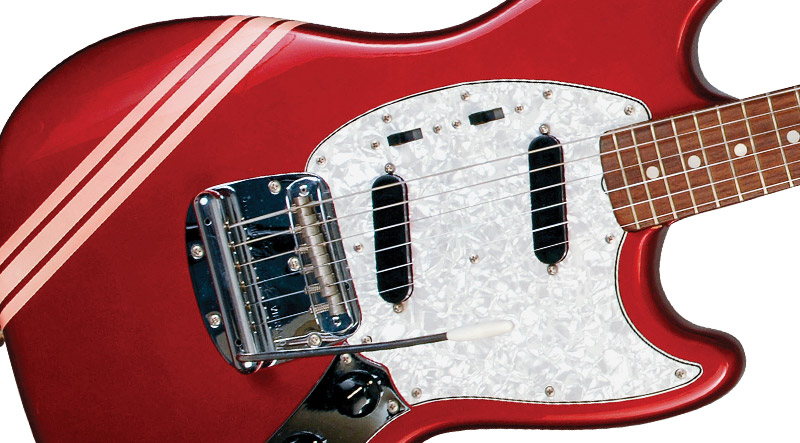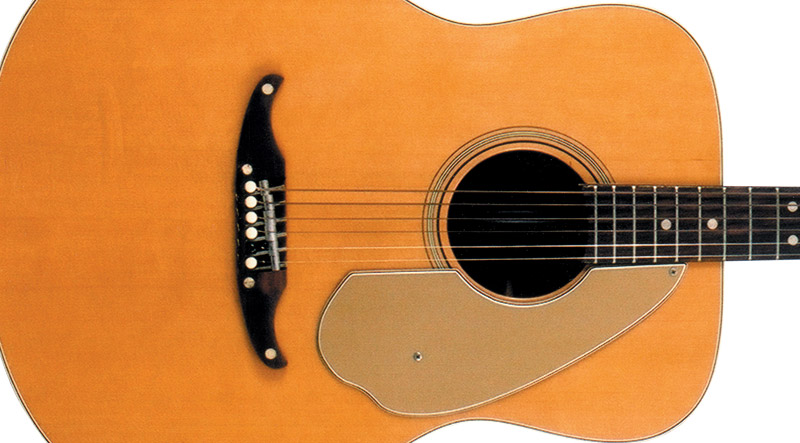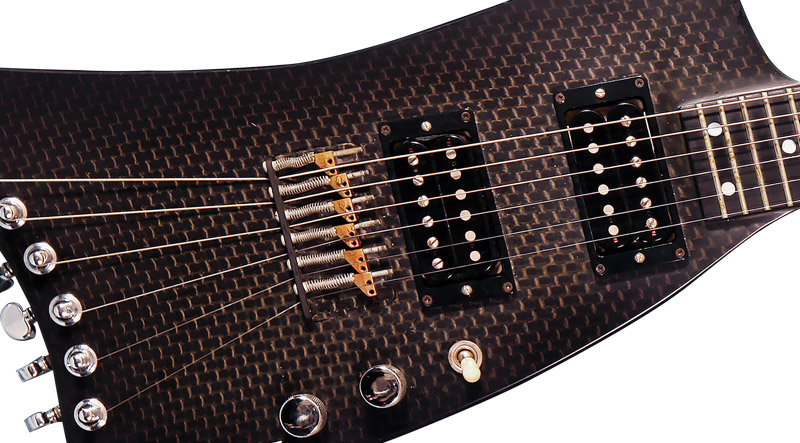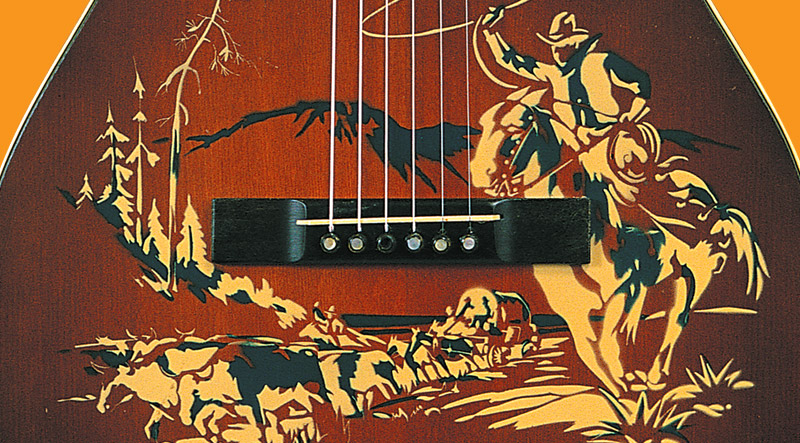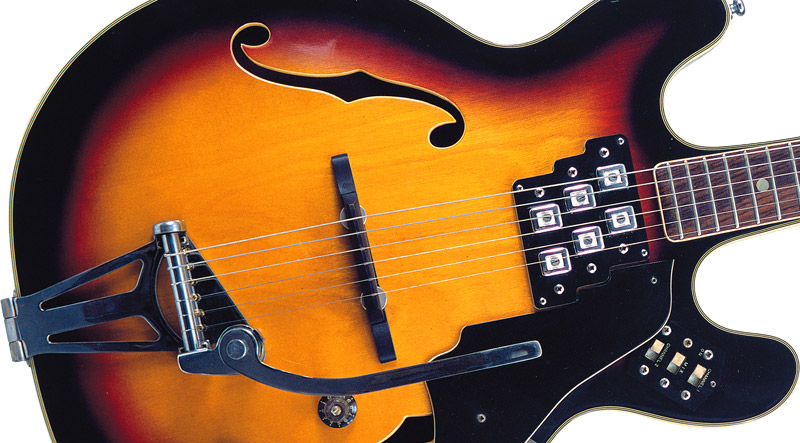-
Michael Wright
The España 6/12 Doubleneck
More is always better, right? Eleven is better than 10 on an amplifier, three pickups are better than two, and so on! That’s the promise of the seven-string. So when Jimmy Page showed up onstage in the ’70s with a doubleneck guitar, crowds went wild. Strum rhythm parts on the 12, break into a solo…
-
Michael Wright
Fender Competition Mustang
Souped-Up Starter
So it’s no surprise that Fender built the Competition Mustang, a guitar marketed to players who might also be excited by the thrill of Monte Carlo and Formula One. Fender introduced its “student model” Musicmaster and Duo-Sonic in 1956 to compete with Harmony and Kay – an optimistic move long before the electric guitar was…
-
Michael Wright
Epiphone by Gibson Firebird 500
Race on
Gibson will forever be celebrated for its heritage of innovation, including guitars that didn’t look like the common perception of guitars. And for all the influence some of its unusual creations have had on the instrument’s evolution, they’ve rarely been successful. Take, for example, the Firebird. Gibson started to push the envelope in 1958 with…
-
Michael Wright
Fender Palomino
Whether all collectors are as attached to nicknames as guitar enthusiasts is unclear. Do salt-and-pepper shaker collectors have fond shortcuts for, say, a Popeye and Olive Oyl set? “Spinach Special?” Maybe! One thing is certain: guitar players and collectors love to come up with affectionate epithets for their favorite objects of obsession; “Black Beauty,” “goldtop,”…
-
Michael Wright
1976 Hagstrom Jimmy
In the world of archtop guitarmaking, the legendary luthier James L. D’Aquisto (1935-’95) is considered one of the greats. A jazz guitarist, D’Aquisto was an apprentice to perhaps the greatest archtop maker of all time, New York’s John D’Angelico, from 1952 until the luthier’s death in 1964. Toward the end, D’Aquisto was essentially making all…
-
Michael Wright
The Modulus Graphite Flight 6 Monocoque
High-/Low-Tech
In guitar history, irony is almost always the result of circumstances. The market changes overnight or someone makes a mistake that proves successful, etc. Rarely is the irony planned by a guitar designer, but that’s what happened with the Modulus Graphite Flight 6 Monocoque. While the origins of Modulus Graphite don’t qualify as “ironic,” they…
-
Michael Wright
Tokai Talbo
For aficionados of copy guitars – replicas of mostly American classics that give U.S. manufacturers apoplectic fits – perhaps no company is more respected than Tokai, whose 1970s and early-’80s Love Rock and Breezy Sound models are among the most desirable of that breed and command relatively big bucks in the collector market. But in…
-
Michael Wright
The Slingerland May Bell
It’s hard to imagine a more poorly “documented” guitar brand than Slinglerland. The company has been around since before World War I and made a lot of guitars and banjos until the start of World War II, including the circa-1933 May Bell Amplifying Guitar. Slingerland was primarily a down-market supplier, so precious little documentation exists.…
-
Michael Wright
1938 Supertone Gene Autry Roundup
In the depths of the Great Depression, people turned to entertainment for distraction. Not that there was much to be had when cash was in short supply, but two inexpensive forms were the radio and the movies. On the radio, one pleasure would have been listening to one of the many “barn dance” variety programs…
-
Michael Wright
St. Moritz Stereo
The notion of a stereo guitar became almost implicit when guitars started having two pickups. But it didn’t become a reality on an actual production guitar until the great tapping player Jimmie Webster persuaded Gretsch to come up with the legendary White Falcon in 1955. The stereo option didn’t arrive right away, but by ’58,…


